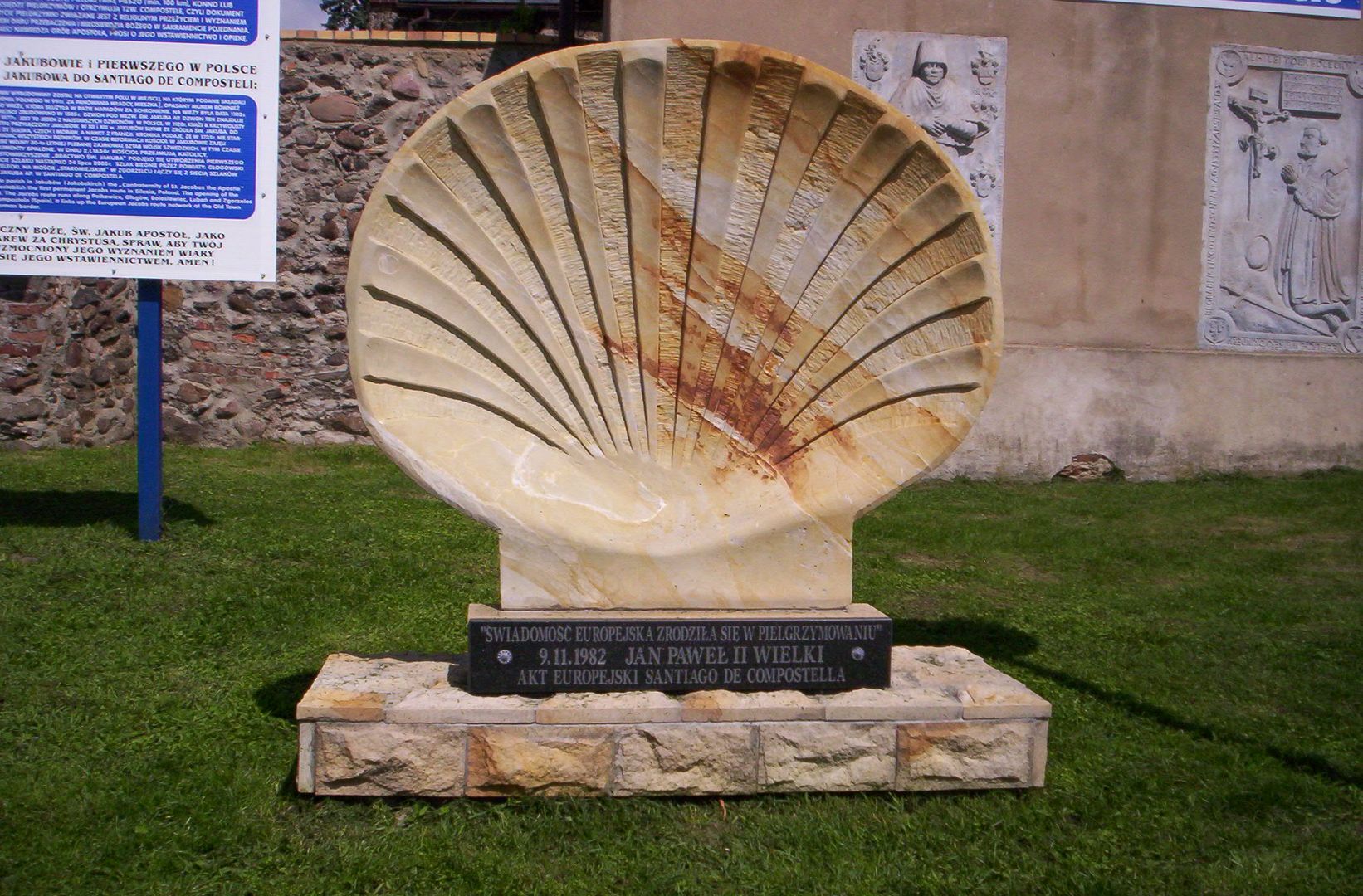Jacob's
6.01

Overview
Jakubów, a village in the Lower Silesian Voivodeship, in the Polkowice County, is known for the Buczyna Jakubowska Nature Reserve and the spring of St. James, which is believed to have miraculous properties. The village is named after the patron saint of the local church, whose origins date back to 991, according to traditions associated with the historian Fr. J. Górlich. The Gothic church in Jakubów, dated to 1376, has witnessed many historical events. After the war, the village was briefly named Dębina, but in 1950 its original name was restored. The area was settled by the Dziadoszanie tribe as early as the 10th century and attracted attention, especially during conflicts between Poles and Czechs. A defensive stronghold once stood on the hill. Skirmishes took place in Jakubów during the time of Duke Bolesław the Tall, and in the Middle Ages the village changed hands multiple times. After the Thirty Years' War, its inhabitants experienced numerous devastations. At the beginning of the 18th century, after the Silesian Wars, Jakubów came under Prussian control. The entire 20th century brought changes in demographics and infrastructure, including electrification and road paving. After World War II, the village was settled by Poles, with Adam Widera being the first settler. Jakubów is home to many historical monuments, such as the Church of St. James, the Kreckwitz family burial chapel, the rectory, and the remains of a palace from the 17th and 19th centuries. It is also worth noting contemporary events, such as the rectory fire in 2021. Additionally, in 2004, the St. James’s Way was established, connecting Lower Silesia with the European network of routes to Santiago de Compostela, highlighting the cultural significance of the region. Jakubów is a place where history, nature, and culture intertwine into one unique whole, offering both tourists and the local community rich experiences.
Location
2025 Wizytor | All Rights Reserved